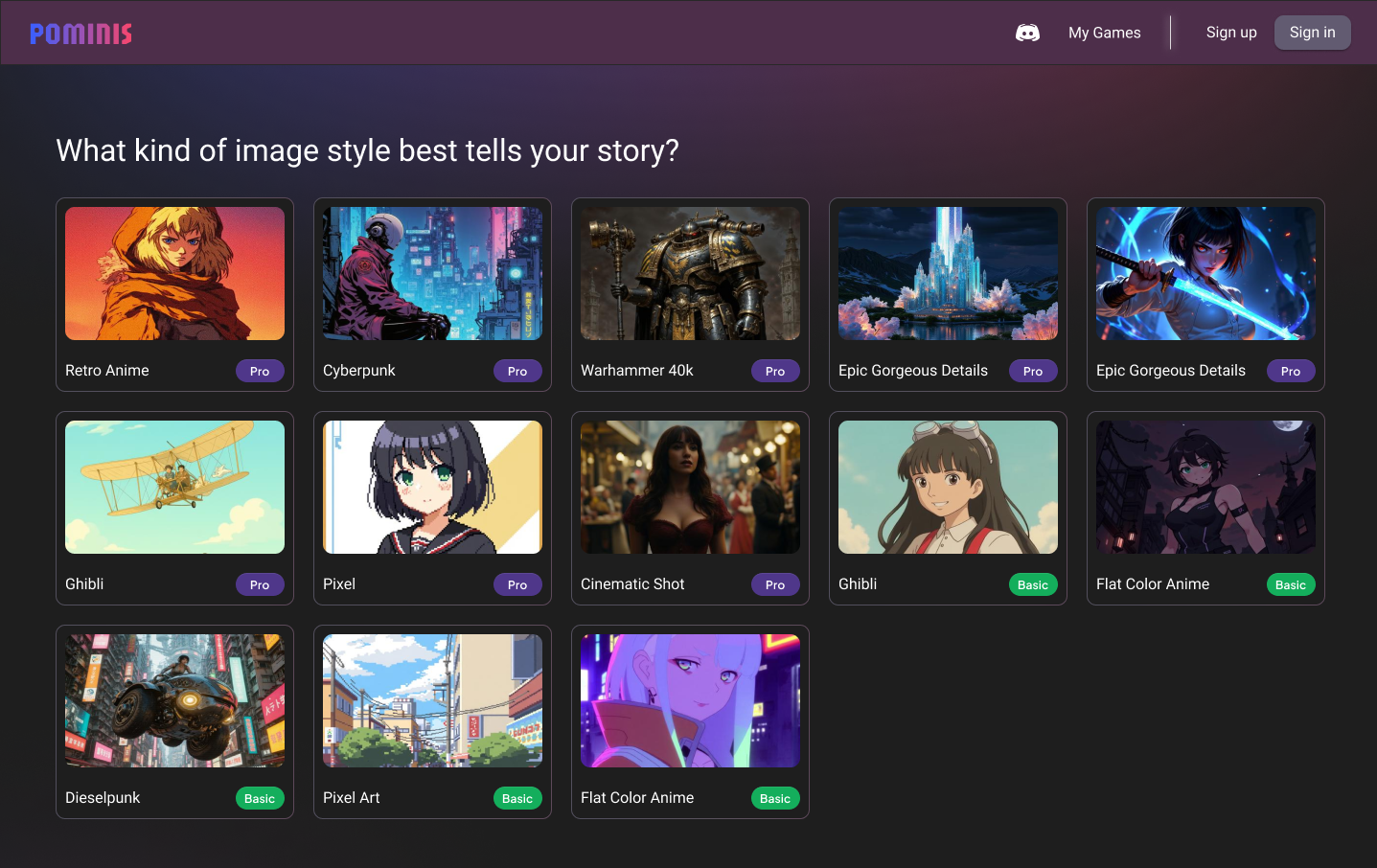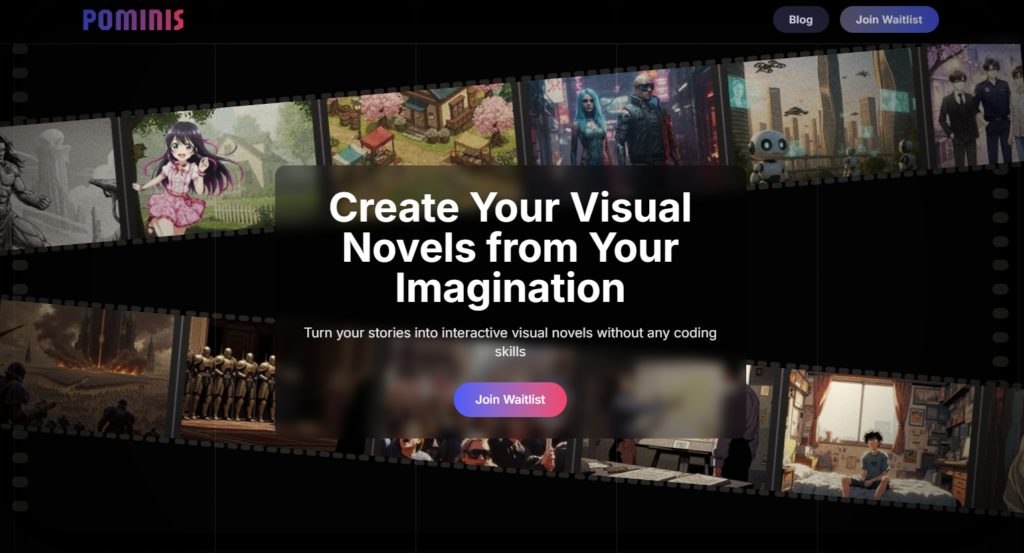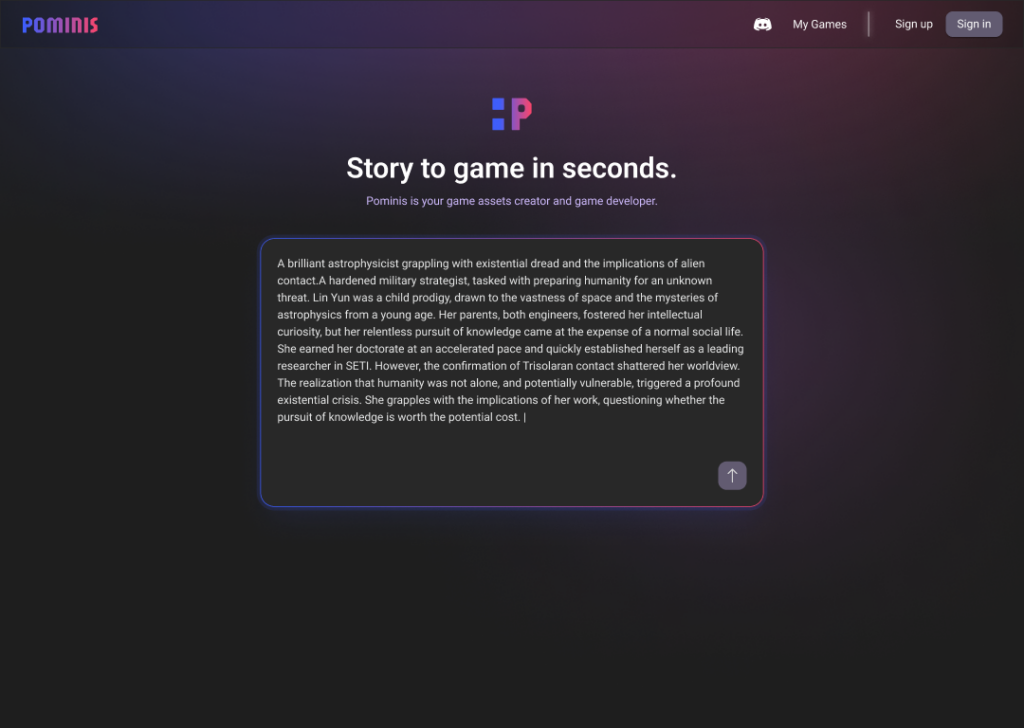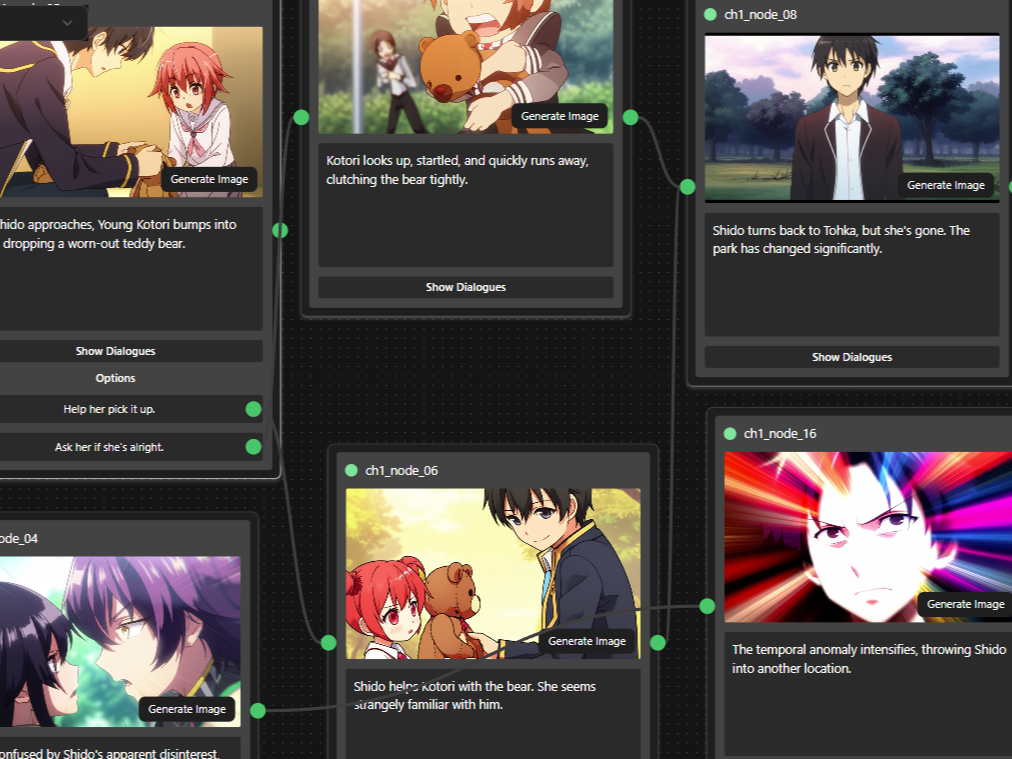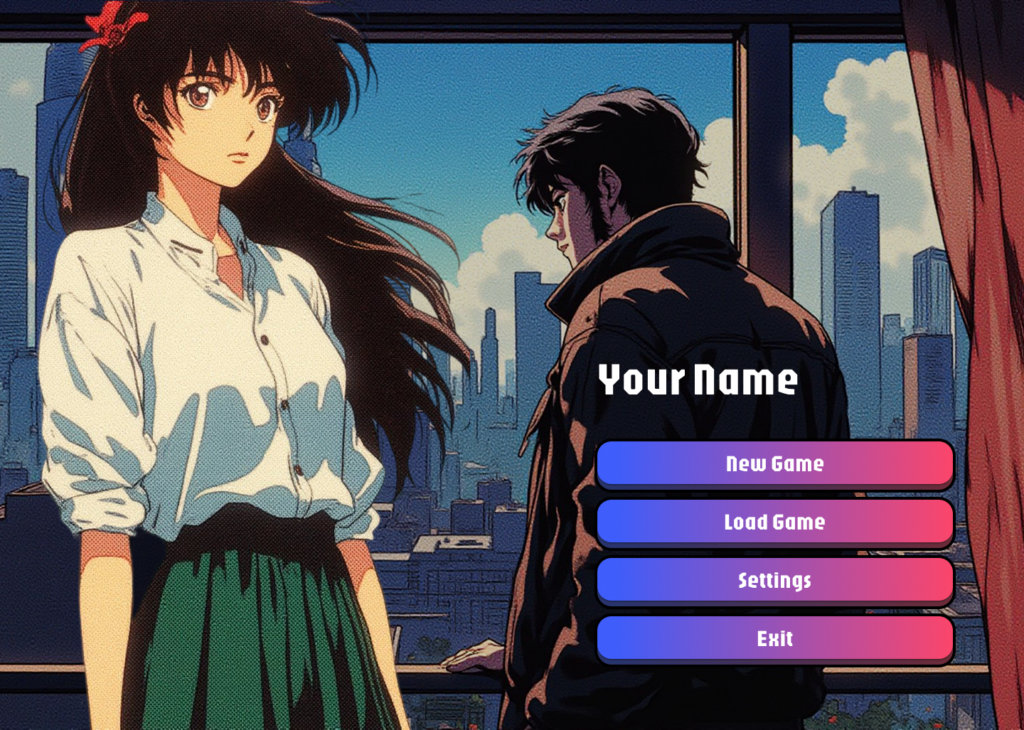Branching narratives are the lifeblood of interactive storytelling, transforming passive readers into active participants. In visual novels and narrative-driven games, the choices players make can lead to diverse outcomes, fostering a sense of agency and replayability. However, crafting meaningful branches requires careful design to avoid common pitfalls like the “illusion of choice,” where different options lead to the same result
Understanding Branching Narratives
A branching narrative allows players to influence the story’s direction through their decisions. These choices can range from simple dialogue options to significant plot-altering decisions, leading to multiple story paths and endings. This non-linear approach enhances player engagement and immersion, as seen in games like The Witcher 3, where choices significantly impact the story and world.

Designing Meaningful Choices
Define Your Core Theme: Before mapping any branches, clarify your story’s central theme or message. This thematic “north star” ensures that every choice reinforces what you want players to explore—be it redemption, betrayal, sacrifice, or hope.
- Why it matters: A clear theme prevents branches from feeling arbitrary or tonally inconsistent.
- How to do it: Write a one-sentence logline encapsulating your theme (e.g., “What would you sacrifice to save someone you love?”). Refer back to this line whenever you add new branches, pruning any node that doesn’t serve it.
Plan Your Structure: Use visual tools—flowcharts, decision trees, or a node-based editor—to map out how branches diverge and reconverge.
- Branching patterns:
- Linear with checkpoints: Short detours that loop back to a main path.
- Tree structure: Each choice creates entirely new sub-branches.
- Foldback pattern: Diverge for key choices, then merge again to control scope.
- Best practice: Limit full-splits (where every branch multiplies) to a few pivotal moments, and use foldbacks elsewhere to keep complexity manageable.
Design Consequential Choices: Every decision point should lead to one of three clear outcomes: an immediate payoff (new information, character reaction), a delayed impact (later story twist), or both.
- Avoid “illusion of choice”: If two options always lead to the same scene, players feel tricked. Instead, even small variations—different dialogue lines or minor scene changes—underscore that their choice mattered.
- Vary consequence types:
- Narrative: Reveals new plot threads or alters character relationships.
- Mechanical: Adjusts player stats or resources.
- Emotional: Impacts player empathy or trust toward characters.
- Iterative refinement: After drafting, walk each branch from start to finish and ask “How would a player feel here?” Prune or enhance branches that don’t evoke clear emotion.
Balance Complexity: Deep, sprawling trees can be thrilling—but over-branching risks unmanageable scope and player confusion.
- Depth vs. breadth: More levels of choices (depth) can be as engaging as many parallel branches (breadth).
- Scope checks: Set a cap on total unique endings or major pivots. Use minor branches for flavor, and reserve major splits for moments that tie back to your core theme.
- Playtesting focus: Recruit testers to navigate branches without a guide. Note where they get lost or bored, then simplify or add signposts.
Leveraging AI with Pominis
Pominis is an AI-powered, no-code platform that simplifies the creation of branching narratives. By inputting a simple prompt, users can generate complex story structures with multiple paths and endings. Pominis utilizes large language models (LLMs) to craft coherent narratives and dialogue, while its node-based editor allows for intuitive visualization and editing of story branches.Ready to bring your interactive stories to life? Visit pominis.com and join the waitlist to start creating your own branching narratives with ease.
